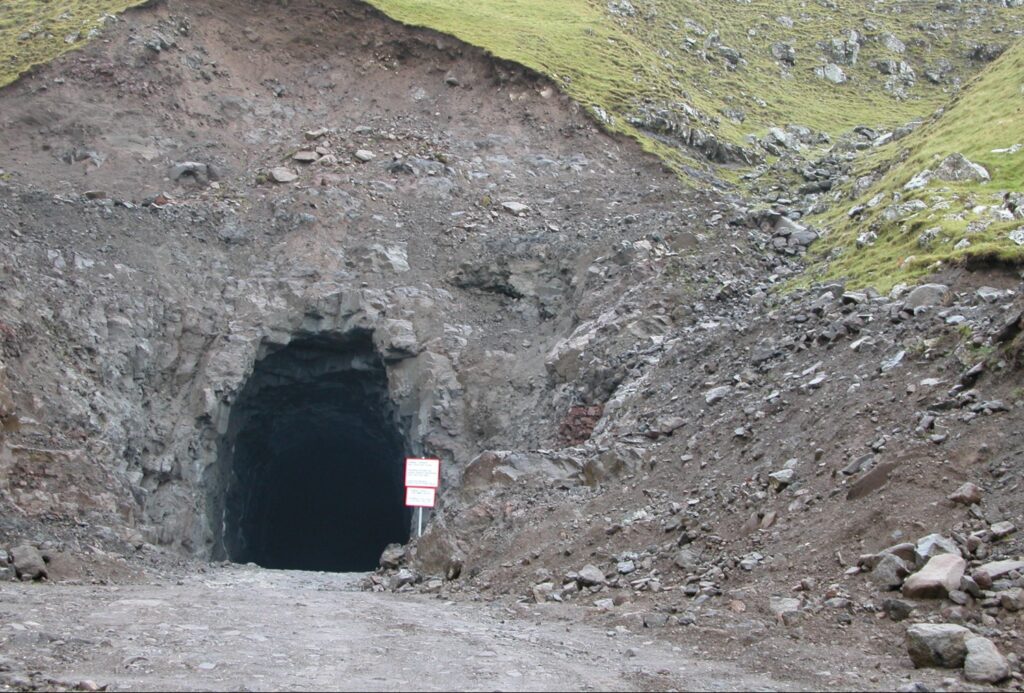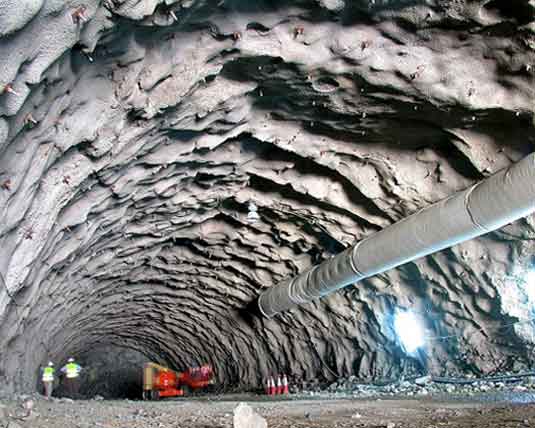- +91 788-831-3160
- beantpreet183@gmail.com
- md@rawelsinghco.in
- bd@rawelsinghco.in
- Mon - Fri: 9:00 - 18:30

We have completed drifting works at various projects successfully some of them are Malari-Jhelum & Jhelum-Tamak H.E. Project, Badrinath H.E. Project, Chhatru H.E. Project, Distt. Lahaul & Spiti, Maneri-Bhali H.E. Project, Shikariabyol hydro power project under client UJVNL. The length of drill holes and the explosive charge is varied depending on type and hardness of rock to obtain maximum pull recovery.
This invention relates to a method of charging drill holes for blasting, according to which method solid and liquid components of an explosive substantially each of them separately but simultaneously are blown or pumped, respectively, through its individual hose channel into the drill hole within which the components are intermixed as a result of the simultaneous pumping and blowing operations. The invention relates also to various recipes for preparation of explosives possessing properties especially fitted for the method in consideration.
Blasting is an essential part of the mining cycle. In virtually all forms of mining, rock is broken by drilling and blasting the rock. Blasting technology is the process of fracturing material by the use of a calculated amount of explosive so that a predetermined volume of material is broken. From the earliest days of blasting with black powder, there have been steady developments in explosives, detonating and delaying techniques and in the understanding of the mechanics of rock breakage by explosives. Good blast design and execution are essential to successful mining operations. Improper or poor practices in blasting can have a severely negative impact on the economics of a mine.

The use of excessive explosives at a mine site can result in damages to the rock structures and cause unwanted caving and large increases in support costs. Blasting is used in both open pit and underground mining operations. While traditional blasting utilized black powder and dynamite, there are many different types of explosives used today. Common explosives used in industry now are ANFO (ammonium nitrate/fuel oil), slurries, and emulsions. Many factors are taken into account when determining what type of blast design or explosive will be used. Rock type, density, and strength are all important factors, as well as fracture condition of the rock, and water conditions.
The invention also comprises an apparatus suited for carrying out the method. The endeavor of rendering easier and mechanizing the work of charging in connection with rock blasting has resulted in the development of different systems for introduction of explosive into drill holes or other cavities formed in rock, which cavities in the following specification and in the appended claims shall be understood to be included in the term “drill hole.” Such systems exist in different embodiments.

© 2023 All Rights Reserved